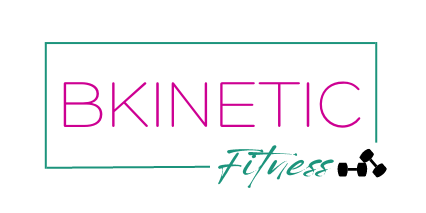Between social media (Instagram, Facebook, Tik Tok, Pinterest, etc), blogs, articles, books, fitness magazines, TV, and more, there is an overwhelming amount of information out there on how to exercise and eat. Literally millions of links to click on. And this can lead to paralysis by analysis.
I have heard from so many friends, family, clients, and readers that are so confused and frankly, stressed out by everything out there. They don’t know where to start, or how to break out of a plateau, or which exercises are safe and effective for various body parts and goals.
And I get it. As a weightlifter with 30+ years experience and a personal trainer of 15+ years, even I get overwhelmed sometimes!
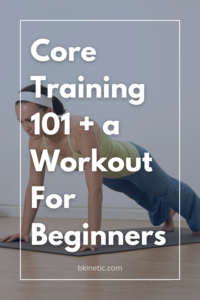 That’s why I’ve dedicated my career to clarifying health and fitness for the busy women I help. Fitness should be simple and sustainable. 95% of people don’t need complicated, precise programs. Mastering the basics and ignoring the rest go a long way to getting the results that you want.
That’s why I’ve dedicated my career to clarifying health and fitness for the busy women I help. Fitness should be simple and sustainable. 95% of people don’t need complicated, precise programs. Mastering the basics and ignoring the rest go a long way to getting the results that you want.
And when it comes to an effective core workout, you don’t need a million exercises to get strong abs. You just need a few big bang-for-your-buck movements that hit all of the muscle groups that comprise the “core.”
What is the “Core”?
Our core muscles don’t just include the “six-pack” abdominal muscles. They include the lats, obliques, transverse abdominis, and erector spinae muscles, among others. It’s thought that the core includes as many as 35 muscle groups! Bottom line, think of the core as the trunk/torso muscles that create stability during exercise and everyday activities.
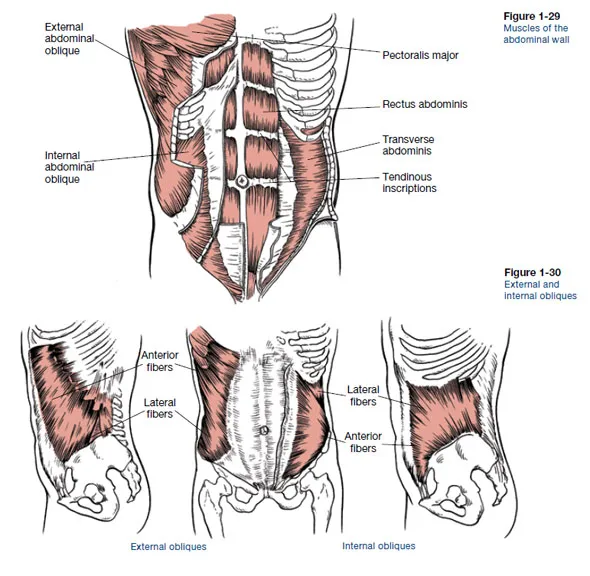
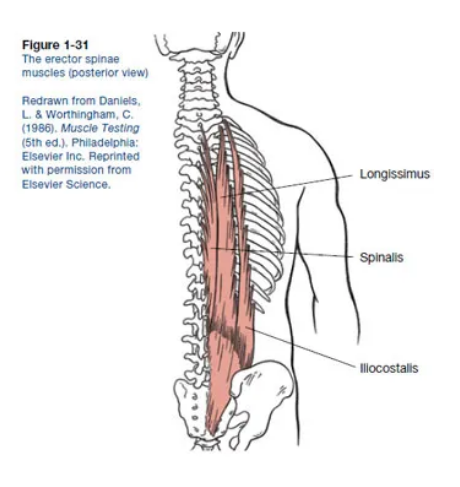
Credit: acefitness.org
Why Train the Core Muscles?
Core training isn’t just for those who want lean, six-pack abs. It’s an important part of strength training for everyone. We all spend so much of our day sitting, whether in a car, on the couch, or at a desk. And most of us don’t engage our core and use proper posture in these positions (myself included!).
Having a strong core can help prevent injury and improve back pain, support the body, and boost overall strength and performance. Without a strong core that can create and maintain the proper amount of tension, you’ll struggle to lift heavier weights (and lift safely in general!). Torso tension helps your other muscles generate more force. StrongFirst calls this irradiation, or “squeezing energy out of different muscles and channeling it to the prime movers.” Strong core muscles also help with cardiovascular activities like running, swimming, cycling, as well as various sports movements.
What Kind of Exercises Should You Do?
The exercises that work the core muscles fall into four categories, and there are plenty of options for each to fit most anyone’s needs and any possible physical or equipment limitations.
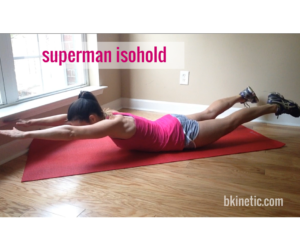
Flexion
This is basically when the spine bends forward, as with crunches and hanging knee/leg raises.
Extension
This is the opposite of flexion — this is the spine bending backwards. Examples include supermans and hyperextensions.
Rotation
This is twisting from side to side, as with Russian twists and woodchoppers.
Stabilization
This is an isometric “move” — you’re contracting the core muscles and holding steady. Examples include planks, side planks, the Pallof press, flutter kicks, bird dog, and loaded carries.
Core Workout For Beginners (or Anyone!)
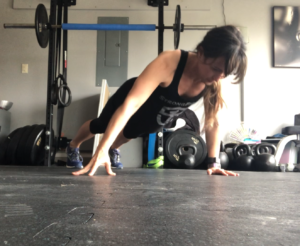
Perform each exercise 2-3 times in the order indicated (1 set of A1, followed by 1 set of A2, then back to A1, and so on). Rest as needed. The focus should be more on form and technique; avoid rushing through the movements and keep the spine in a neutral position (the pelvis is not tilting forward). Brace the abs and glutes and breathe normally (don’t hold your breath!). As with any exercise, use caution when choosing the exercise or variation and don’t force any movement that feels painful or uncomfortable.
A1. Plank on Forearms x 20-60 seconds
A2. Side Plank on Forearm and Knees x 10-20 seconds each side
B1. Flutter Kicks x 15-30 seconds
B2. Dead Bugs x 12-20 total
C. Pallof Press x 10 each direction
Make this workout more challenging by adding weight or resistance, slowing the movement down, adding time or reps, or adding a third set.
